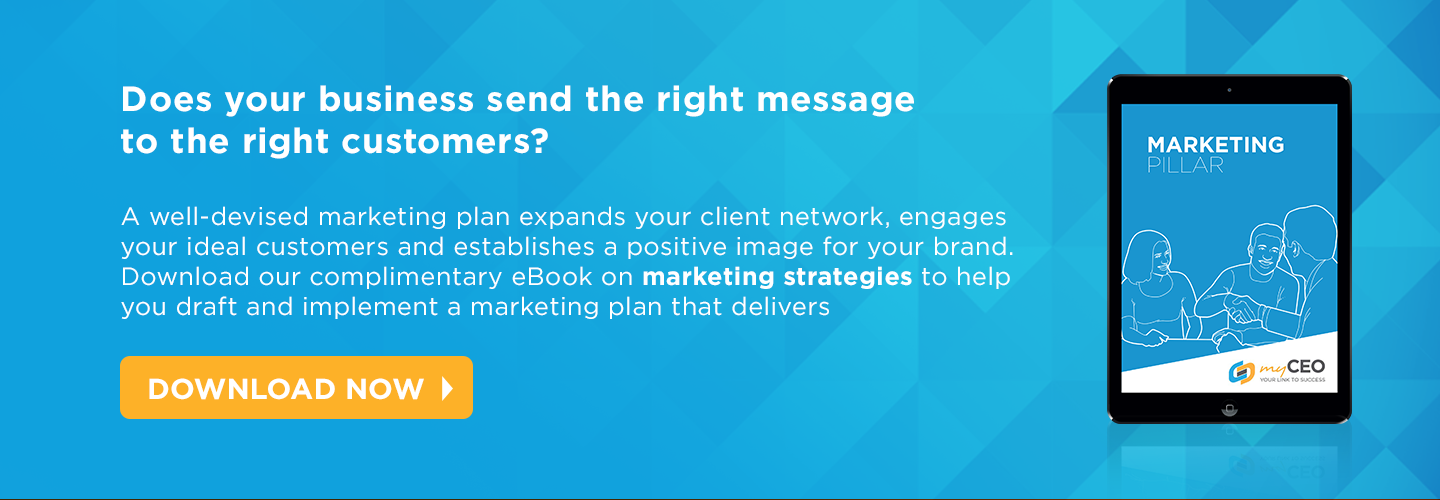
Since not all businesses can afford a dedicated marketing and communications team, a smart business coach will recommend engaging a third party marketing organisation to develop your brand strategy and marketing material. But how do you ensure that your new creative partner will deliver the best result?
Let’s begin by thinking about your own business. Would you start a job/project without first gathering from your client/customer all the relevant information you need in order to do the job properly? Of course not. In many industries this process is called the Scope of Works. In the creative field its called a Creative Brief. This is the document that will focus and guide the thought processes of the creative team as they work towards the best solution for you.
When it comes to marketing communications and visual design, the quality of the final result comes down to the quality of the Creative Brief, so it’s important to get it right. Any professional creative organisation will have their own Creative Brief and, as part of the engagement process, will use this to get a 360 degree view of your business.
If you’ve never been through the process before, here are the five key areas they’ll be asking about. It’s important that you put some thought into these areas before you begin the conversation.
Who is your target market?
Defining who the marketing message is aimed at is crucial to helping your creative partner find the right creative strategy.
Instead of just mapping out the demographics of your audience, create a distinct flesh and bone persona of your ideal client complete with insights into their behaviour using examples from your current client base.
What is your brand’s personality?
This is a mix of how your brand is perceived by your audience and the image it strives to preserve or create. Your input as an integral part of the brand can help create a mental image of what the brand is all about for your creatives.
What are the campaign objectives?
Be clear and specific about the objectives of your marketing campaign. Make sure that your objectives are measurable, actionable and realistic given the project’s scope. Think about the specific response/action you want from your audience after experiencing the campaign.
Who are your competitors and what are they doing?
This is important background information for your creative partner. It helps them to see what the competition is up to so they can avoid taking a similar creative direction. It also serves as a comparison point in defining the best approach and positioning for your brand.
What is the scope of the campaign?
Set the expenditure and time limitations of your campaign so that your partner can make the best use of media and other resources.
Creative briefs are the bridge between your business goals and the creative solution to helping you achieve them. The better you understand what makes a great creative brief, the better the result.
Want to know how one of our clients improved the five pillars of their business? Dowload our free ebook and learn how myCEO can help your business reach greater heights

